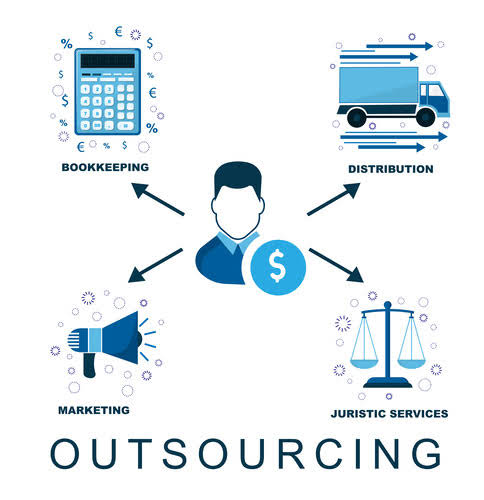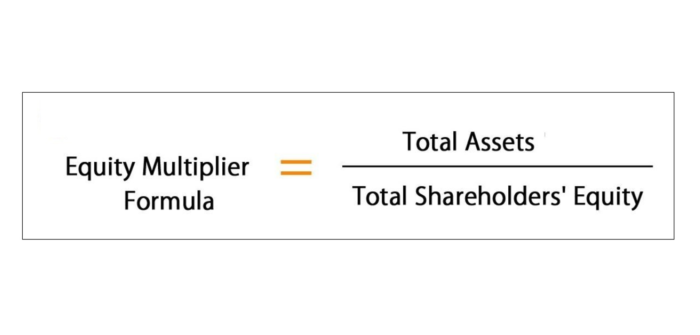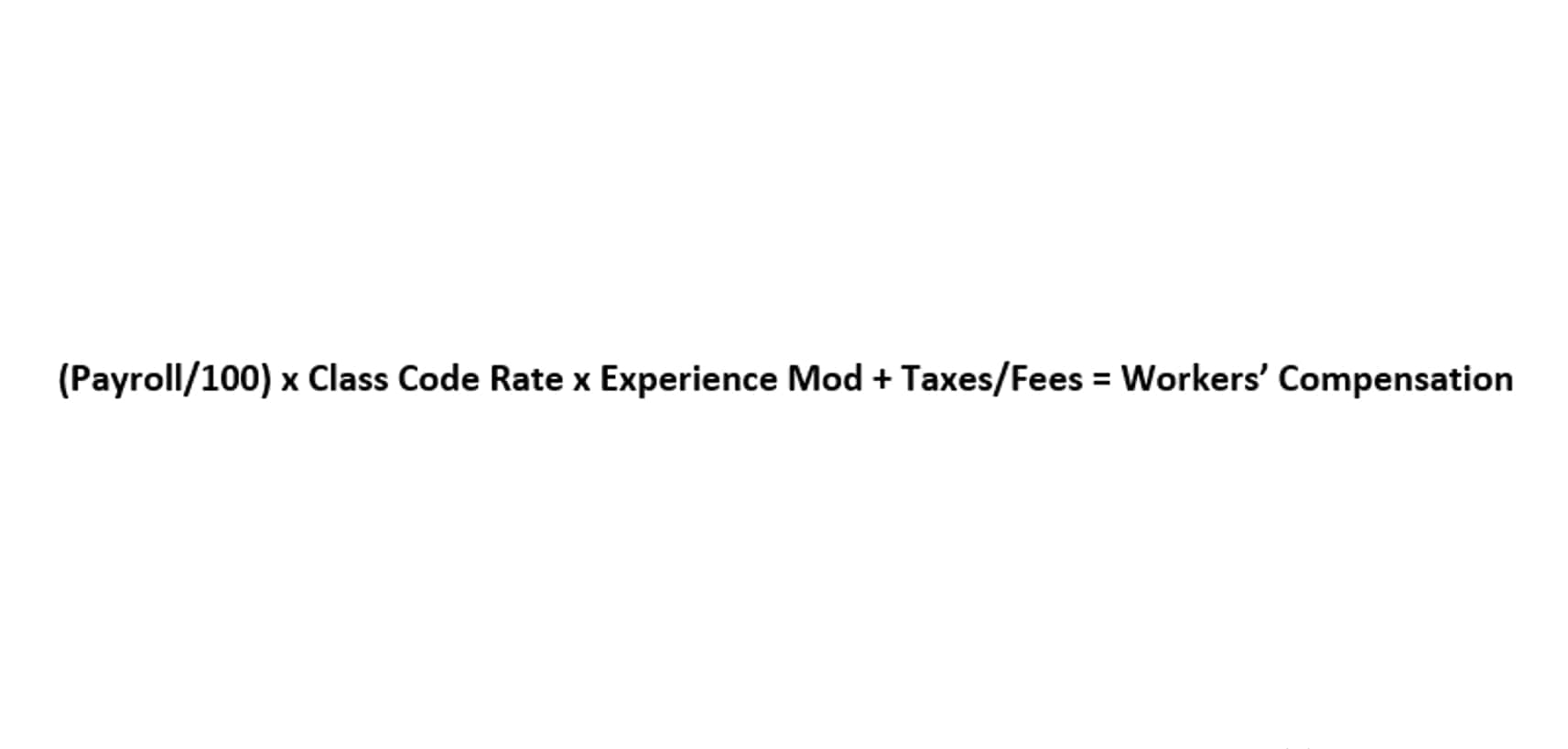How to Report Contingent Liabilities in Your Companys Financial Statements

Properly managing a company’s liabilities is vital for maintaining solvency and avoiding financial crises. Taxes Payable refers to the taxes owed by a company to various tax authorities, such as federal, state, and local governments. These taxes are typically reported on retained earnings balance sheet the company’s income statement and recognized as a liability on the balance sheet. Proper understanding and management of liabilities in accounting are essential for a company’s financial stability and growth.
What is the rule of liabilities in accounting?

Non-current liabilities are due in more than one year and most often include debt repayments and deferred payments. AT&T clearly defines its bank debt that’s maturing in less than one year under current liabilities. This is often used as operating capital for day-to-day operations by a company of this size rather than funding larger items which would be better suited using long-term debt. Liabilities are a vital aspect of a company because liability account examples they’re used to finance operations and pay for large expansions.
- An accrued liability is an expense that a business has incurred but not yet paid for.
- If the company can reasonably estimate the cost of warranty claims based on historical data, it should record a warranty liability.
- A positive net worth indicates that a company has more assets than liabilities, while a negative net worth indicates that a company’s liabilities exceed its assets.
- Pension obligations are crucial to understanding a company’s commitment to its employees and the potential strain on future resources.
- Unearned Revenue – Unearned revenue is slightly different from other liabilities because it doesn’t involve direct borrowing.
- Accrued expenses are costs of expenses that are recorded in accounting but have yet to be paid.
Planning for Future Obligations
- You should record a contingent liability if it is probable that a loss will occur, and you can reasonably estimate the amount of the loss.
- Liability may also refer to the legal liability of a business or individual.
- A company’s net worth, also known as shareholders’ equity or owner’s equity, is calculated by subtracting its total liabilities from its total assets.
- For example, if a registered business procures legal services from an unregistered consultant, it is responsible for calculating and paying GST under RCM.
- Liabilities are on the right side of the balance sheet, and these accounts have a normal credit balance.
Examples of contingent liabilities are the outcome of a lawsuit, a government investigation, or the threat of expropriation. There are a small number of contra liability accounts that are paired with and offset regular liability accounts. One of the few examples of a contra liability account is the discount on bonds payable (or notes payable) account. Some of the liabilities in accounting examples are accounts payable, Expenses payable, salaries payable, and interest payable.

Time of Supply Under RCM
The analysis of current liabilities is important to investors and creditors. Banks, for example, want to know before extending credit whether a company is collecting—or getting paid—for its accounts receivables in a timely manner. On the other hand, on-time payment of the company’s payables is important as well.
Recognition and Measurement of Liabilities
Dividends are cash payments from companies to their shareholders as a reward for investing in their stock. Liabilities exist because there are obligations between two parties. In this case, your business has an obligation to do something for or to give something to another person or entity.


Short-term liabilities, also known as current liabilities, are obligations that are typically due within a year. On the other hand, long-term liabilities, or non-current liabilities, extend beyond a year. Besides these two primary categories, contingent liabilities and other specific cases may also exist, further adding complexity to accounting practices. The most common liabilities are usually the largest such as accounts payable and bonds payable. Most companies will have these two-line items on their balance sheets because they’re part of ongoing current and long-term operations.


Bir cevap yazın
Yorum yapabilmek için giriş yapmalısınız.